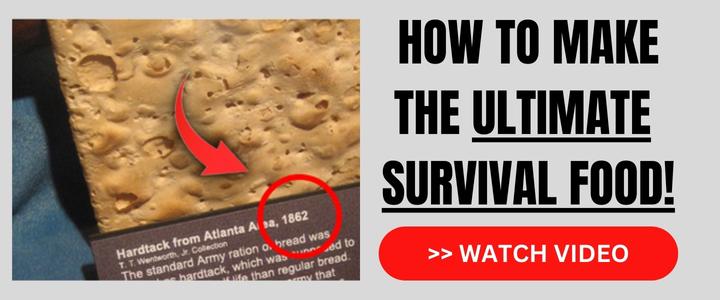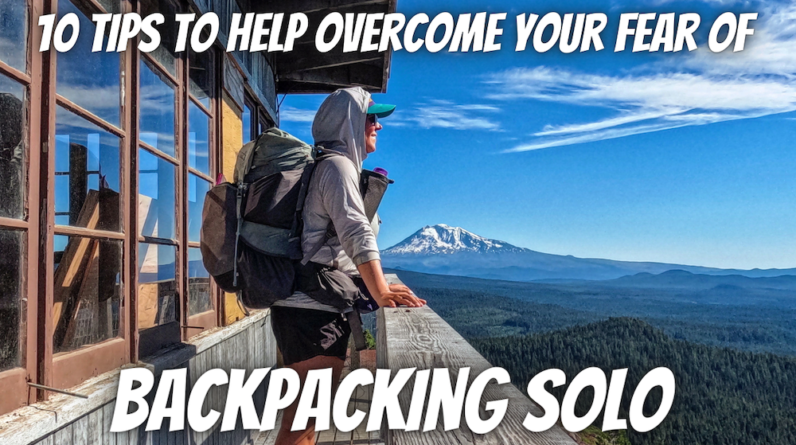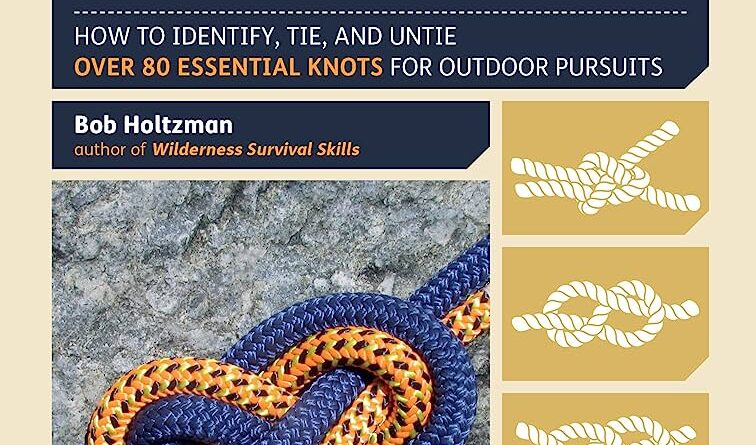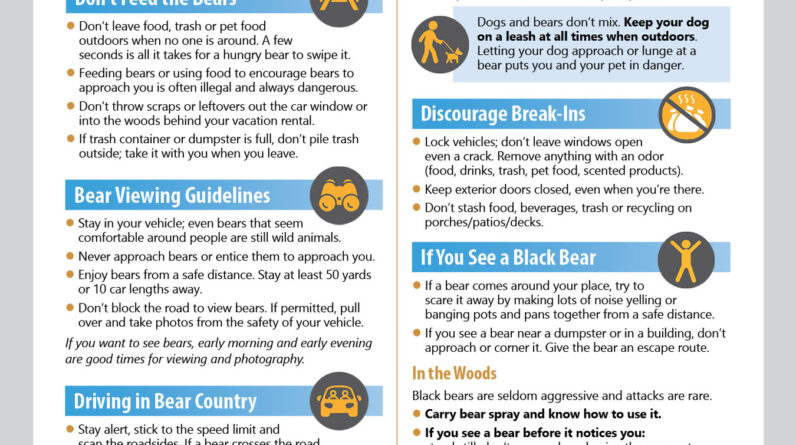
Introduction
Are you planning a long hike and wondering how to store your survival food? Look no further! In this article, we will discuss 10 creative survival food storage ideas that will make your long hikes easier and more enjoyable.
Importance of Survival Food Storage
When embarking on a long hike, having enough food can be crucial to your survival. Proper survival food storage ensures that you have enough sustenance to keep you energized and nourished throughout your journey. Moreover, it allows you to carry a variety of nutrients and flavors, ensuring that you don’t get bored with your meals.
Challenges of Long Hikes
Long hikes come with their fair share of challenges, and food storage is one of them. You need to consider the weight and size of your food, as well as its durability and convenience. Additionally, you must keep perishable items fresh and protected from wildlife.
Therefore, it is essential to explore creative survival food storage ideas that address these challenges effectively.
In the following sections, we will outline 10 innovative methods for storing your survival food during long hikes. From lightweight and compact solutions to durable and secure containers, these ideas will cater to all your hiking needs. So, let’s dive in and discover the perfect food storage options for your next adventure!

1. Planning Ahead
When embarking on a long hike, it’s vital to plan ahead for your survival food storage. With limited space, weight restrictions, and the need to sustain yourself, it’s important to consider several factors to ensure you have enough food to last your entire journey.
Determining Food Requirements
Before setting off, take into account the duration of your hike and estimate the amount of food you’ll need per day. Consider your activity level, terrain difficulty, and the number of calories you burn. It’s better to overestimate rather than underestimate, as underestimating can lead to malnourishment and fatigue.
Researching Nutritional Needs
Adequate nutrition is crucial for maintaining energy levels and supporting overall health during a long hike. Research foods that are high in protein, carbohydrates, and healthy fats to provide sustenance. Nuts, dried fruits, jerky, energy bars, and dehydrated meals are all popular choices among hikers for their nutritional content and long shelf life.
Considering Dietary Restrictions
If you have specific dietary restrictions or allergies, it’s essential to plan accordingly. Look for foods that meet your needs and won’t cause adverse reactions. Gluten-free, vegan, or dairy-free options are widely available, ensuring you can stay properly nourished while adhering to your dietary requirements.
By carefully planning your survival food storage, considering your individual needs, and researching nutritious options, you’ll be well-prepared for any long hike that lies ahead. Your body will thank you for providing the fuel it needs to keep going, ensuring a safe and enjoyable journey.
2. Lightweight & High-Energy Foods
If you’re embarking on a long hike and need to pack food that won’t weigh you down, while still providing the necessary calories and nutrients, here are some lightweight and high-energy food options to consider.
Dehydrated Meals
One of the most popular choices for long hikes is dehydrated meals. These meals have all the essential nutrients you need and are incredibly lightweight, making them perfect for backpacking. Simply add hot water, and you have a fast and convenient meal ready to go. From pasta dishes to soups, the variety of dehydrated meals available ensures there’s something to suit everyone’s taste.
Energy Bars
Energy bars are another fantastic option for fueling yourself during a long hike. Packed with carbohydrates, protein, and healthy fats, they provide an instant energy boost without weighing you down. Look for bars that are specifically designed for endurance activities, as these tend to have a higher calorie content. Plus, they come in a wide variety of flavors, so you won’t get bored with your snack options.
Nuts & Dried Fruits
Nuts and dried fruits are not only lightweight but also offer a great combination of proteins, healthy fats, and carbohydrates. They require no preparation and are easy to eat on the go. Whether you prefer almonds, cashews, pistachios, or a mix of them all, they provide a satisfying crunch and energy boost. Dried fruits like raisins or apricots are great sources of natural sugars and can help satisfy your sweet tooth while providing you with fuel for the hike.
By incorporating lightweight and high-energy foods like dehydrated meals, energy bars, and nuts with dried fruits into your long hike food storage plan, you’ll be able to fuel your adventure without weighing yourself down.

3. DIY Dehydrating Techniques
If you’re looking for a creative way to store food for your long hikes, why not try out some DIY dehydrating techniques? Dehydrating food is a fantastic way to preserve it without sacrificing flavor or nutritional value. Plus, it significantly reduces weight and allows you to pack more food in less space. Here are three methods you can use to dehydrate your own food:
Air-Drying
Air-drying is the simplest and most natural method of food dehydration. All you need to do is slice your chosen fruits, vegetables, or meats into thin, even pieces and place them in a well-ventilated area. You can use a drying rack or simply hang them from a string. Patience is key, as air-drying can take anywhere from a few days to a week, depending on humidity levels and the thickness of the food.
Oven Dehydration
If you’re short on time, oven dehydration is a quick and convenient option. Simply spread your sliced food in a single layer on a baking sheet and set your oven to the lowest temperature. Keep the oven door slightly ajar to allow moisture to escape, and periodically check on your food until it reaches the desired dryness.
Using Food Dehydrators
Food dehydrators are specially designed devices that effectively and efficiently remove moisture from food. They come in various sizes and price ranges, making them a versatile option for all hikers. Simply prepare your food, arrange it on the trays, set the temperature and timer, and let the dehydrator do its magic.
With these DIY dehydrating techniques, you’ll have an abundance of lightweight, nutritious, and delicious food to sustain you on your long hikes.
4. Vacuum Sealing for Space Efficiency
Long hikes require careful planning, especially when it comes to food storage. One creative and space-efficient solution is vacuum sealing your meals.
Benefits of Vacuum Sealing
Vacuum sealing eliminates excess air, reducing the size of your food packages and maximizing space in your backpack. This method also extends the shelf life of your food, keeping it fresh and nutritious for longer periods. By removing air and sealing the food tightly, you decrease the risk of spoilage, mold, and bacteria growth, ensuring that your meals are safe to consume throughout your journey.
Choosing a Vacuum Sealer
When selecting a vacuum sealer, consider portability, durability, and ease of use. Look for compact models that can withstand the outdoors and have a strong seal. Battery-powered options are ideal for long hikes as they don’t require electricity.
Proper Sealing Techniques
To ensure your food stays secure, follow proper sealing techniques. Place your food items in vacuum-sealable bags, leaving enough space at the top for sealing. Insert the open end of the bag into the vacuum sealer and activate the suction. Once the air is expelled, the sealer will automatically seal the bag shut. Double-check each bag to ensure a tight seal before organizing them in your backpack.
With vacuum-sealed meals, you can enjoy fresh and lightweight food throughout your long hike, without compromising taste or nutrition. Give this creative food storage idea a try and make the most out of your backpack’s limited space.

5. Creative Food Containers
When it comes to storing food for your long hikes, you need containers that are not only durable but also convenient to carry. Here are three creative food container ideas that will meet your needs.
Mason Jars
Mason jars have been around for ages, and for good reason. They are sturdy, airtight, and come in various sizes, making them perfect for storing different types of food. You can use them to store everything from dried fruits and nuts to homemade dehydrated meals. Plus, they are easy to clean and can be reused multiple times.
BPA-Free Plastic Containers
If you prefer lightweight and shatterproof options, BPA-free plastic containers are a great choice. Look for containers that are made from high-quality materials and are designed for long-term food storage. These containers are perfect for storing items like energy bars, trail mix, and dry cereal. Just make sure they have airtight lids to keep your food fresh and protected from moisture.
Collapsible Silicone Containers
For those who want to save space in their backpack, collapsible silicone containers are the way to go. These containers can be easily collapsed and expanded, allowing you to adjust their size based on the amount of food you need to store. They are also lightweight and do not take up much room when empty. Fill them with snacks, cooked meals, or even soups and stews. The flexibility and versatility of collapsible silicone containers make them a valuable addition to your survival food storage.

6. Smart Food Repackaging
Individual Portion Packaging
When planning for a long hike, it’s important to consider how you will portion and store your food to maximize freshness and minimize weight. One creative survival food storage idea is to individually package your meals in convenient portions. This not only allows you to easily control your portion sizes, but also helps you stay organized and efficient on the trail.
Consider investing in small resealable bags or reusable containers that can hold one serving of each meal. You can pre-measure ingredients, such as rice, pasta, and spices, and pack them separately for each meal. This not only simplifies meal preparation in the wilderness, but also reduces the amount of bulky packaging you need to carry.
Resealable Bags
Resealable bags are a versatile storage solution for long hikes. Use them to store snacks, trail mix, dried fruits, and nuts in individual portions. They take up less space than bulky packaging and are lightweight, making them easy to fit in your backpack. Additionally, resealable bags help keep your food fresh and prevent it from getting crushed or damaged during your journey.
Labeling & Organization
To stay organized and ensure that you can quickly find the food you need, consider labeling your repackaged meals and snacks. Use waterproof markers or labels to write the name of each meal and its cooking instructions. This will save you time and energy when it comes to meal planning and preparation on the trail. Furthermore, arranging your food in separate compartments or labeled sections of your backpack will help you easily locate specific items without rummaging through your entire pack.
By smartly repackaging your food using individual portions, resealable bags, and clear labeling, you’ll not only ensure that your meals stay fresh and organized, but also lighten your load and make your long hike more enjoyable.
Conclusion
In conclusion, when embarking on a long hike, it’s crucial to be prepared with a reliable food storage plan. By utilizing these creative survival food storage ideas, you can ensure that you have nourishing sustenance throughout your journey.
Summary of Survival Food Storage Ideas
We have explored various innovative ways to store food during long hikes. From dehydrating meals to using a vacuum sealer, these techniques not only save space but also preserve the freshness of your food. Additionally, compact containers, such as collapsible water bottles and silicone food bags, can help optimize storage capacity. Another useful tip is to pack lightweight and high-energy foods, like granola bars and trail mix, which will provide you with the necessary nutrients and keep you energized.
Tips for Long Hike Preparation
Before setting out on your adventure, it’s important to adequately prepare for the journey. This includes researching the desired trail, packing essential gear, and considering the weather conditions. You should carefully plan your meals and snacks, and allocate enough food for the anticipated duration of your hike. Moreover, always remember to bring enough water and stay hydrated throughout your trek.
With these survival food storage ideas and preparation tips, you can confidently embark on a long hike, knowing that you have a well-stocked and organized food supply. Stay safe and enjoy your outdoor experience!








